Battery Powered Camping Lanterns
- By Angela Lee
- •
- 19 May, 2017
- •
This is a subtitle for your new post

Among the items most campers should pack is a lantern. This is one camping tool that shouldn't be overlooked. There are many styles of camping lanterns available but one of the most popular is the battery powered lantern. There's a wide range of these lanterns to choose from. These are also available in the classic style with convenient handle. The great thing about battery camping lights is safety. There's no flame and no hazardous fluids to worry about. The batteries for camping lanterns are mostly alkaline or lithium. The brightest have long lasting bulbs that operate on "D" sized batteries. Some of these battery powered led camping lanterns are also available with fluorescent bulbs for the brightest light.
Although these led camping lights are great for camping, they can also be used in the event of a disaster or for hiking, fishing and hunting trips. It's a good idea to keep one around the house for those times when the power goes out during storms. Most of these batteries powered camping lanterns pack away easily and require minimal room for storage. Be sure to keep good supplies of batteries available.
For smaller areas, there are battery camping lanterns that are sized well for tents and even mini-lanterns for personal use. One other battery powered led camping light that can be of great value is those that are waterproof. These are great to have on hand as a rescue tool for rafting and boating while on camping trips. Remember that battery powered lanterns are great in any emergency. Since they take up so little room among camping and outdoor sporting packs, packing two or more is the best way to maintain maximum safety. These lanterns are manufactured to take on rugged outdoor packing and handling with ease.
In densely forested camping areas, supplying enough lighting power with led camping lantern might be a problem. With the variety of battery camping lanterns available, any well-stocked sports or camping equipment store will have a lantern suitable for any need. These are an essential piece of camping equipment, and the battery powered lantern ensures that you will have light, and be safe whilst camping.
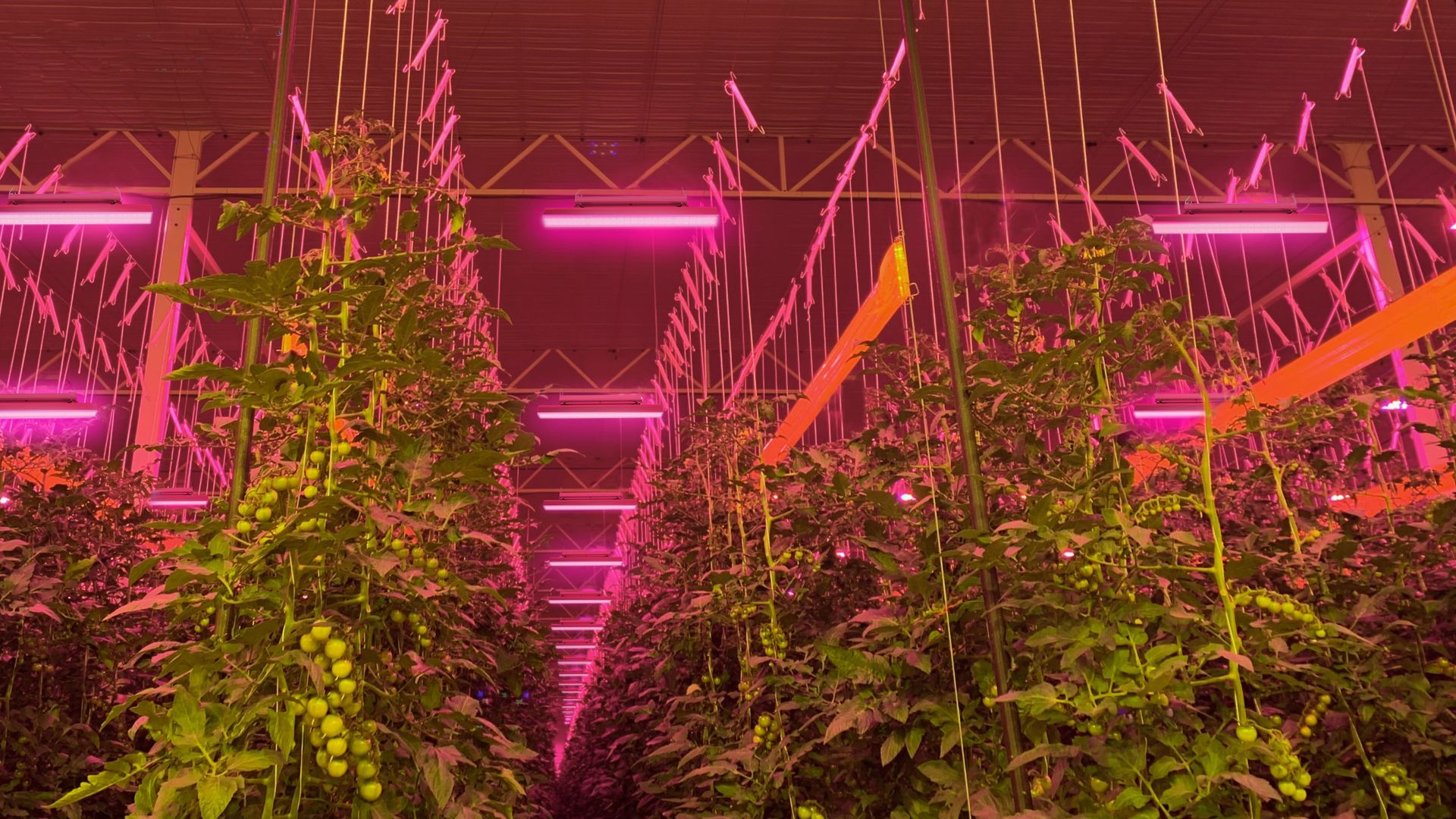
Greenhouses are the jewel of any crop. It allows gardeners to take full advantage of the sun, extend the season, and produce a variety of high-end crops. With the help of a greenhouse, you can maintain a bountiful harvest at any time of the year.
There are many crops that are suitable for growing in a greenhouse, but here we will focus on the best. Choose crops that grow quickly and if possible, crops that yield more than one crop, but also grow vertically to save on greenhouse space!
1. Cucumber
Cucumbers are a great crop to grow and sell in greenhouses. There are many options to choose from, and they have grown very well vertically, and they have been producing for a long time as well.
2. String beans
It is one of the easiest crops to grow. They grow vertically and take up little space. Planting every 1-2 weeks will give you a steady yield.
3. Chili
Chili is a big seller considering we use it as a spice in most of our meals. You can get more yields growing them in a greenhouse than in the open field. Because it is easier to control weather conditions, soil conditions. Meanwhile, pepper growing will depend on how well you take care of your farm.
5. Tomatoes
Tomatoes are easy to grow and there are hundreds of varieties of tomato. Tomato plants are fertile producers, and each plant rewards you with a bunch of fruit. When planted correctly, spaced and supported with string, sticks or ropes in a greenhouse, farmers can reap more yields.
6. Spinach
Spinach is an excellent cash crop. Growing them in a greenhouse will protect them from the harsh sun. You can sell an unlimited number of spinach leaves from the same plant each season because they grow quickly and will grow back if you cut it off.
7. Watermelon
Watermelons thrive in regions with humid climates. The fact that farmers can control the temperature and humidity in the greenhouse makes it an ideal place to grow them. There are different varieties of melons. Small shrub varieties take about 80 to 90 days, and large varieties take 90 to 100 days or more to mature.
Greenhouse horticulture allows farmers to grow crops year-round without worrying about any weather conditions. Plus, the controlled farming space makes it easier to manage crops. Check outled horticulture lighting here: https://www.hortibest.com/

The advantage of indoor seedlings is that it can replenish water for plants on time, reduce the impact of other natural factors such as external climate, so that plants can fully grow, but indoor seedlings tend to lack sunlight, which hinders plant photosynthesis. And grow lights can make up for this shortcoming, can provide the best choice for indoor seedlings, winter herbs, etc., and make your garden flourish.
1. Light affects plant growth
In the process of plant growth, light is the decisive factor affecting plant growth. Plants grow and stay healthy through photosynthesis, which is a chemical process. By supplementing the growth light function, it imitates sunlight, so that plants can have more time in the sun, providing plant chlorophyll and light source, plus water and nutrients, and keeping indoor seedlings healthy. Grow lights can be used for timed and forced seedlings, commercial hydroponic crop production, growing plants in dark areas during winter, and more. Provide plant chlorophyll and light source, plus water and nutrients; keep indoor seedlings in a healthy state.
2. Grow light types
Incandescent bulbs, like many halogen bulbs, often run too hot to be safe. On the other hand, energy saving lamps (CFLs) and LED grow lightsrun cool, provide a wide range of light and, crucially, provide a lot of light with low energy consumption.
Plants love lots of light in blue and red wavelengths, and full-spectrum bulbs are here to help them grow and develop even bushy forms rather than clumsy ones. Full spectrum bulbs can be a bit more expensive, but worth it!
High-end grow lights are high-end grow lights designed for this purpose is available, including bulbs and lamps. They tend to be bulky because they are designed for people and nurseries to grow a lot of plants. They're very bright, and they tend to be huge energy suckers.
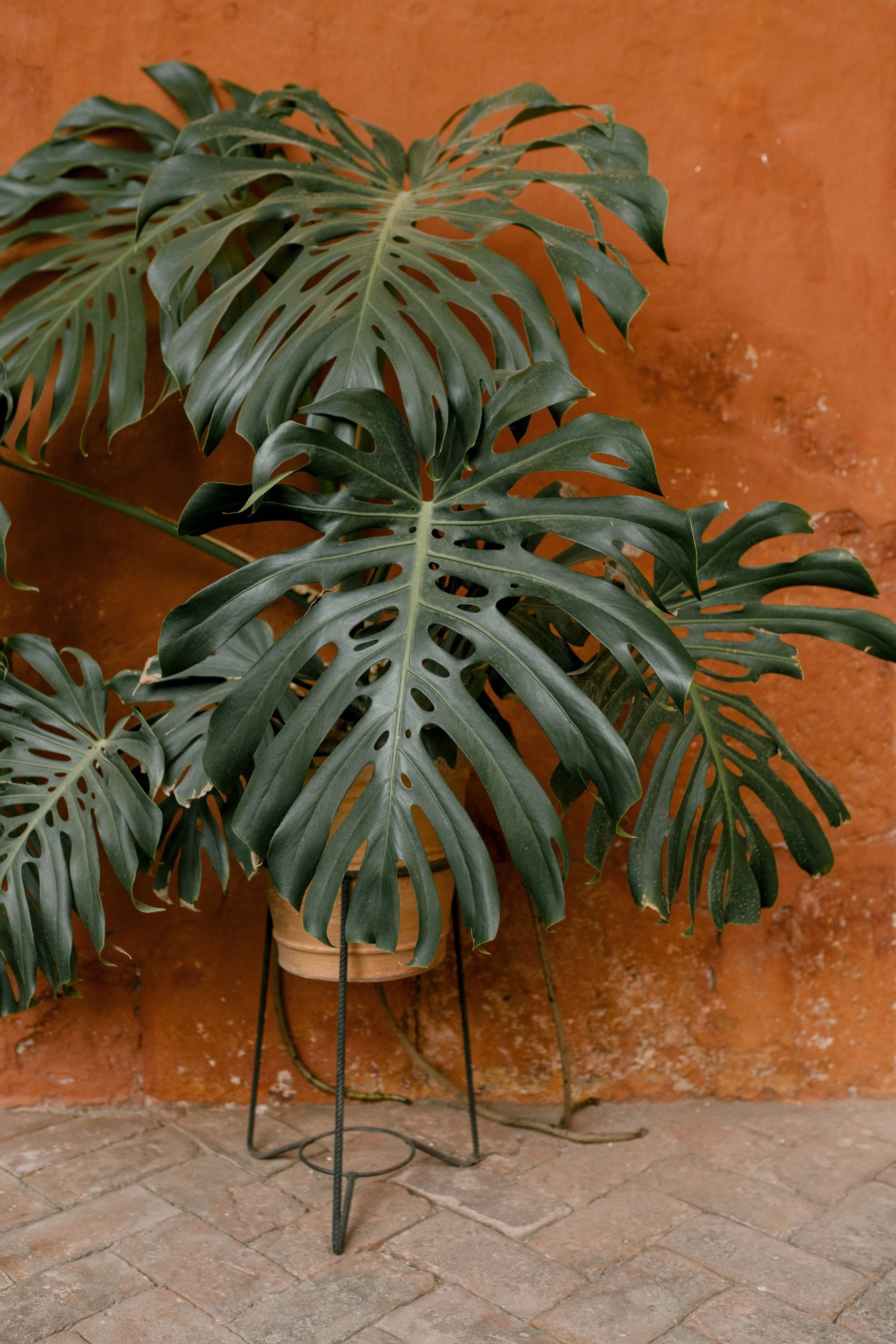
Only by choosing the light source scientifically can we better grasp the speed and quality of plant growth. When using artificial light sources, we must choose the natural light that is closest to the conditions for plant photosynthesis. Measure the photosynthetic luminous flux density PPFD (Photosynthetic Photon Flux Density) produced by the light source on the plant, grasp the rate of plant photosynthesis and the efficiency of the light source, and the light quantity of photosynthetically active photons initiates the photosynthesis of plants in the chloroplast: including light reaction and subsequent dark reaction.
Plant grow lightsshould have the following characteristics
1. Highly efficient conversion of electrical energy into radiant energy. 2. Achieve high radiation intensity within the effective range of photosynthesis, especially low infrared radiation (thermal radiation) 3. The emission spectrum of the bulb meets the physiological requirements of plants, especially in the effective spectral region of photosynthesis.
The principle of plant LED plant grow lights
LED plant grow light is a kind of plant light. It uses light-emitting diode (LED) as the light source. According to the law of plant growth, it uses light instead of sunlight to create a plant growth and development environment. LED plant grow lights help shorten the growth cycle of plants. The light source is mainly composed of red and blue light sources, using the most sensitive light bands of plants. Red light wavelengths use 630nm and 640-660nm, and blue light wavelengths use 450-460nm and 460-470nm. These light sources can make plants produce the best photosynthesis, so that the plants can get the best growth state. The light environment is one of the important physical environmental factors that are indispensable for plant growth and development. Controlling plant morphogenesis through light quality adjustment is an important technology in the field of protected cultivation.
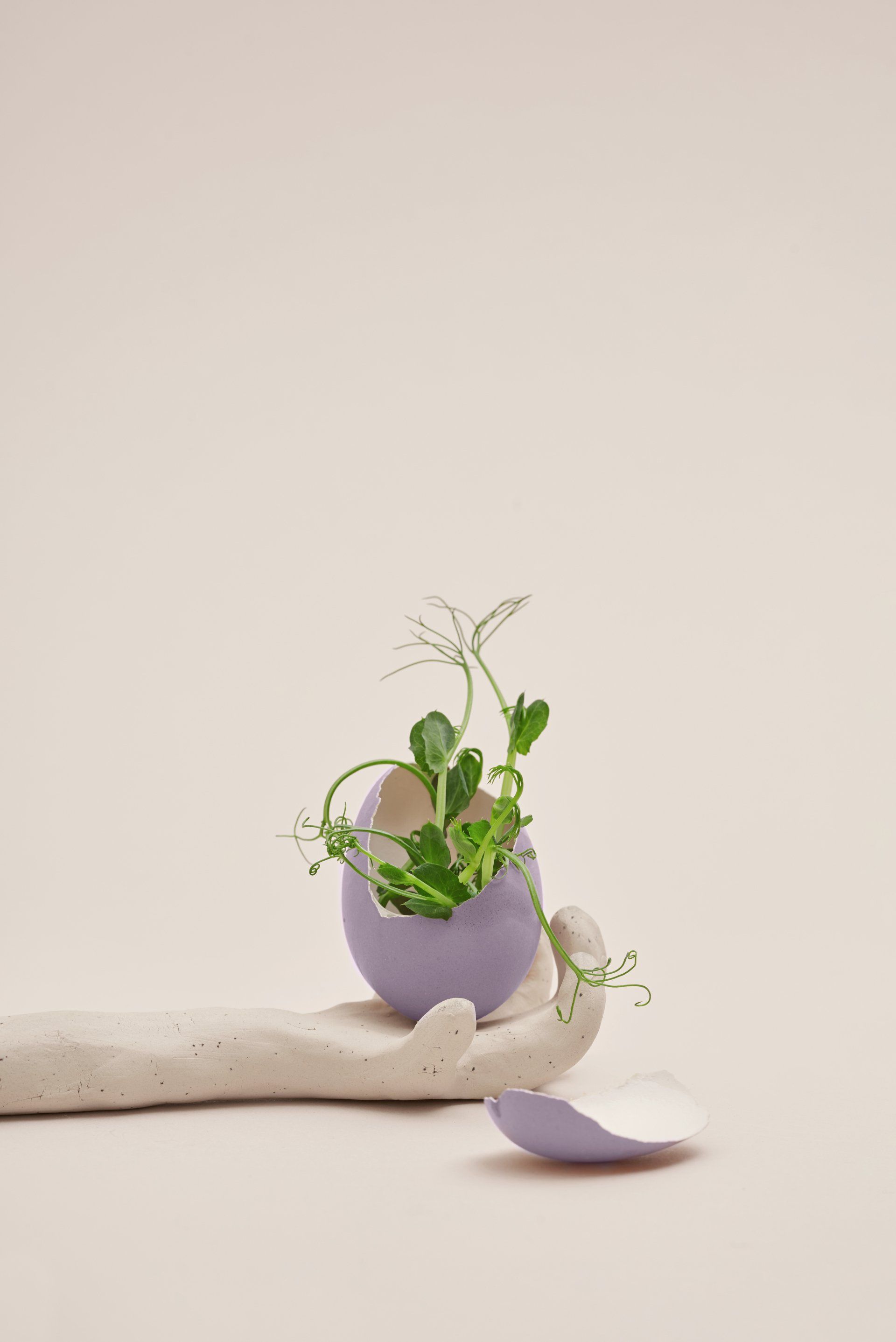
Only by choosing the light source scientifically can we better grasp the speed and quality of plant growth. When using artificial light sources, we must choose the natural light that is closest to the conditions for plant photosynthesis. Measure the photosynthetic luminous flux density PPFD (Photosynthetic Photon Flux Density) produced by the light source on the plant, grasp the rate of plant photosynthesis and the efficiency of the light source, and the light quantity of photosynthetically active photons initiates the photosynthesis of plants in the chloroplast: including light reaction and subsequent dark reaction.
Plant growth lights should have the following characteristics
1. Highly efficient conversion of electrical energy into radiant energy. 2. Achieve high radiation intensity within the effective range of photosynthesis, especially low infrared radiation (thermal radiation) 3. The emission spectrum of the bulb meets the physiological requirements of plants, especially in the effective spectral region of photosynthesis.
The principle of plant LED plant grow lights
LED plant grow light is a kind of plant light. It uses light-emitting diode (LED) as the light source. According to the law of plant growth, it uses light instead of sunlight to create a plant growth and development environment. LED plant grow lights help shorten the growth cycle of plants. The light source is mainly composed of red and blue light sources, using the most sensitive light bands of plants. Red light wavelengths use 630nm and 640-660nm, and blue light wavelengths use 450-460nm and 460-470nm. These light sources can make plants produce the best photosynthesis, so that the plants can get the best growth state. The light environment is one of the important physical environmental factors that are indispensable for plant growth and development. Controlling plant morphogenesis through light quality adjustment is an important technology in the field of protected cultivation.
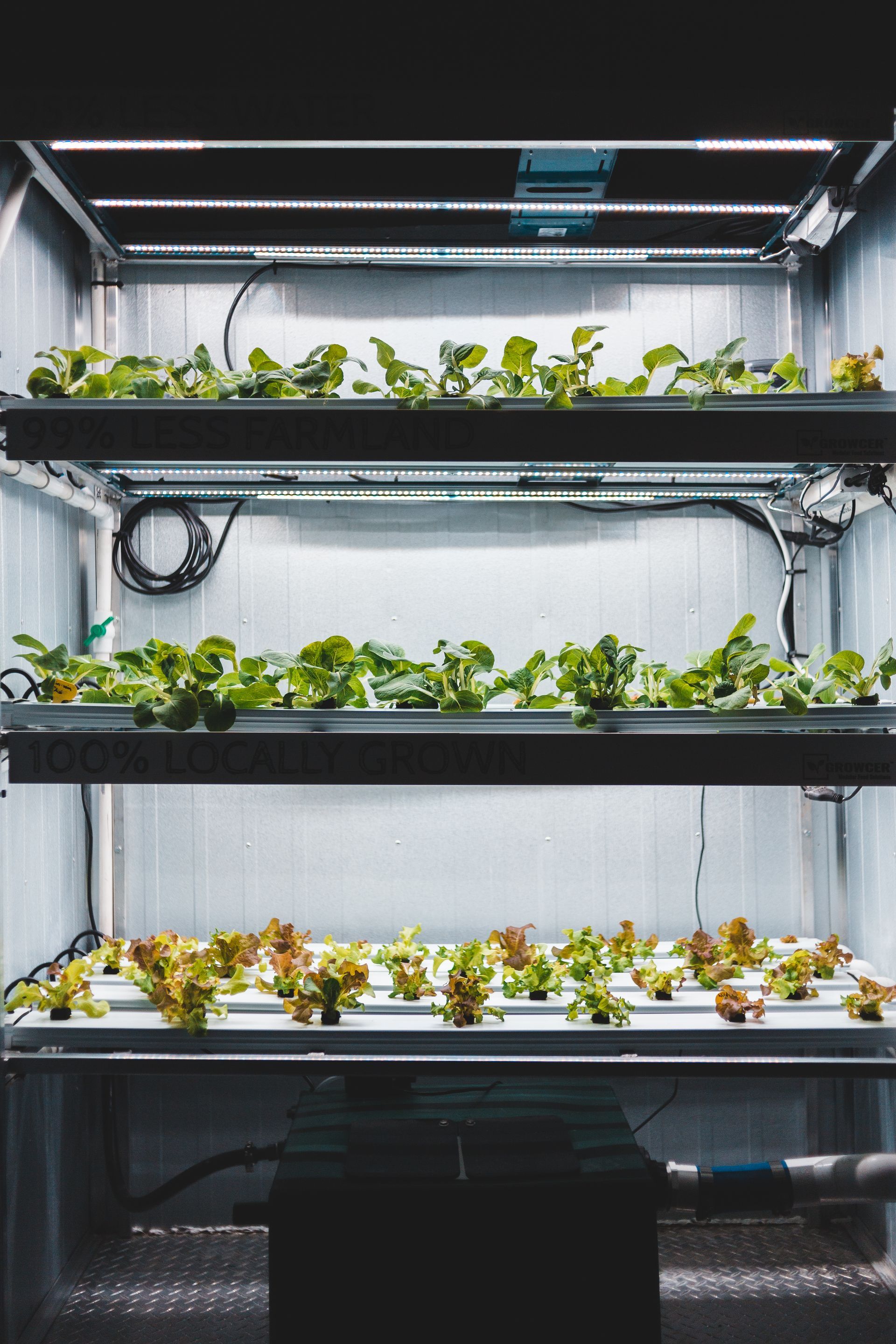
In vertical farming, we have seen various types of systems. Examples include mobile plates from Skygreen (one of the first industrial vertical farms in the world), N.F.T., pylons and most commonly racks used on most farms. Recently, an Italian startup has developed a new planting model that uses artificial intelligence to move plants within a large vertical farm "cube" that can make planting incredibly efficient.
Lighting
Since we're talking about indoor growing, you'll need agricultural lights to reproduce solar radiation, specifically adding red and blue wavelengths of light (which is why the lights look pink or purple).
LEDs used in indoor farming today are very energy efficient and can be used to grow different crops. Some LED plant grow lightsare so efficient that they can change the spectrum and light intensity when you need to switch crops. Even sunsets and sunrises can be mimicked to give plants the best possible simulation of the sun's daily changes.
Cultivation software
Vertical farmers use special software to control and manage climate conditions, irrigation flow and lighting. As software, intelligence and the Internet of Things continue to develop; they are gradually increasing the level of automation in all farming processes.
Seeds and substrate
Planting from seeds rather than seedlings is the cheapest and most popular strategy. In addition, you can control the entire production chain by using this method: from sowing to harvesting.
The crops commonly grown in vertical farming are usually leafy greens, microgreens, small fruits, cannabis, aromatic herbs and some edible flowers.
Crops are grown on different types and textures of substrates ranging from peat to rock wool. Substrates must be carefully selected according to the cultivation system in which they will be used, the crop chosen and the irrigation flow rate. Often people choose an organic substrate because it produces compost without generating solid waste.
Other tools
Depending on the planting project, farmers may choose to use other tools and machinery. They can use a variety of machines from germination chambers to refrigerators for crop packaging, storage, automated nursery and harvesting.
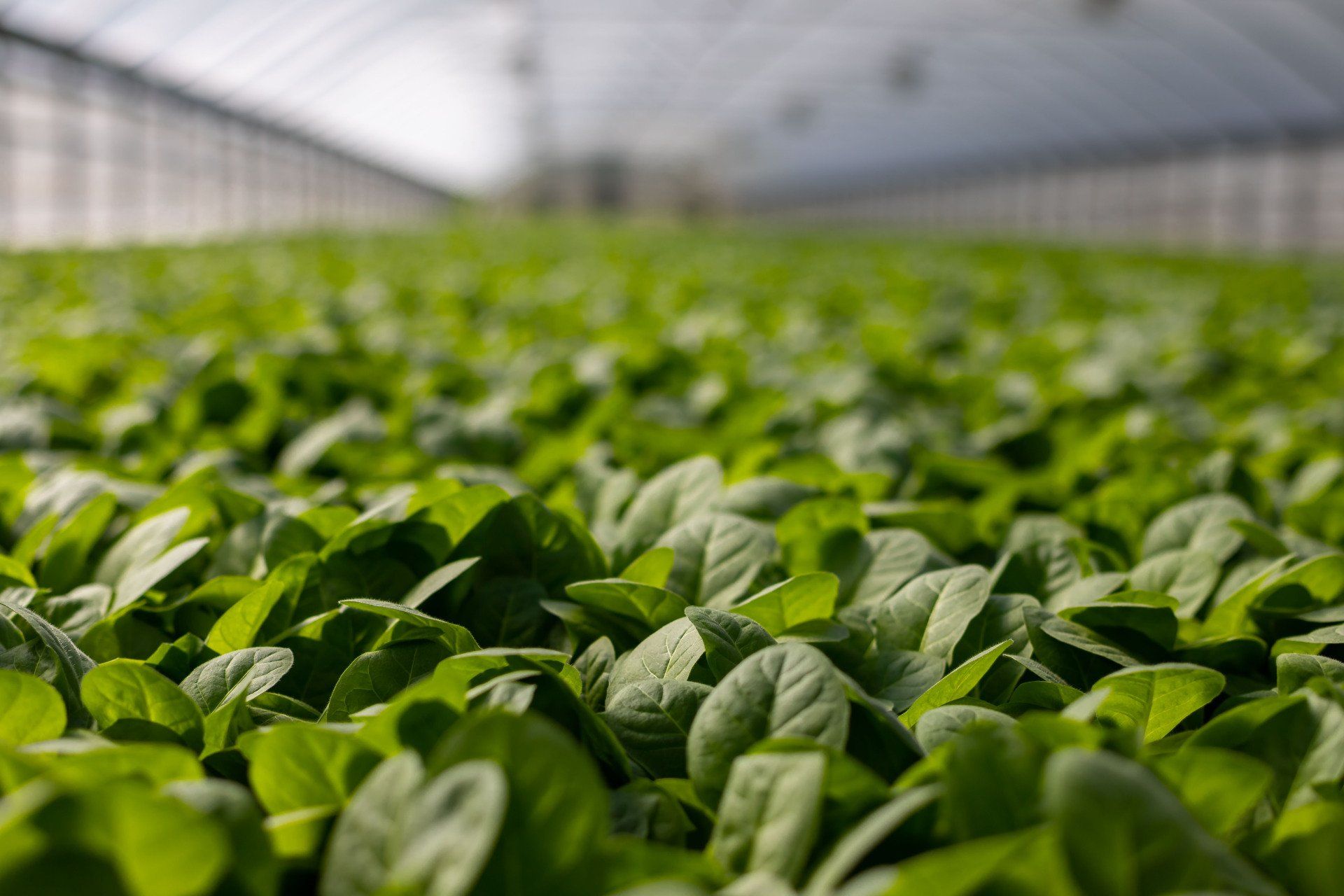
Maximizing growth potential plants for large and small-scale agriculture and horticulture can be a challenge. Whether a grower is dealing with crops, medicinal plants, or indoor plants, the right lighting system is a must. LED grow lights are quickly becoming the go-to choice for many growers who are looking to increase yield and reduce energy costs. Bar style LED grow lights are the perfect choice for growers who want to take advantage of maximum light intensity and uniform coverage that come with traditional HPS grow lights but with the added benefits of energy efficiency and low maintenance.
Bar style LED grow lightsare designed with an innovative bar-shaped light emitting diode (LED) panel. This design allows for a uniform light output that is ideal for a wide range of growing applications. When set up correctly, they provide even coverage to all plants in the grow area, making it possible to optimize light intensity and energy efficiency.
Bar style LED grow lights also come with a range of other useful features. The most notable of these are the adjustable light spectrums and dimming capabilities. Depending on the type of plant, growers can choose between narrow and broad spectrums to deliver light in the most beneficial wavelengths for each specific crop. Bar style LED grow lights also include dimming capabilities, making it possible to reduce energy consumption and extend bulb life.
Overall, bar style LED grow lights are a great choice for growers looking to maximize growth potential without breaking the bank. They offer a reliable and energy-efficient solution that can help optimize light intensity for better yields. Additionally, bar style LED grow lights come with adjustable light spectrums and dimming capabilities, making it possible to fine-tune light intensity levels to meet the individual needs of each crop. With bar style LED grow lights, growers can unlock their maximum growth potential and save money in the process.

With summer around the corner, now is the perfect time to start thinking about how to maximize the potential of your greenhouse and enjoy the benefits of LED lights. LED greenhouse lightsare a great way to extend the hours of the day and get the most out of your crop. Here is what you need to know to enjoy the benefits of LED lights in your greenhouse.
The key benefit of LED lights is longevity. LED lights can last more than 30 times longer than traditional incandescent bulbs, and use up to 75% less energy to provide the same output. This makes LED lights an extremely efficient and cost-effective way to provide light to your greenhouse. In addition, LED lights generate significantly less heat than incandescent bulbs, meaning your greenhouse can be kept at a cooler temperature, and not risk overheating your plants. This makes LED lights the perfect choice for a greenhouse.
Another key benefit of LED lights is their light quality. LEDs emit a full spectrum of light that can provide optimal conditions for plants in the greenhouse. LEDs also have a much wider useful life than traditional bulbs, meaning they can be used for a longer period of time before having to be replaced.
LED lights also provide improved flexibility and control. With LED lights, you can choose the color of the light you need for specific plants, and you can adjust the intensity of the light to reach the desired growing conditions. You can even adjust the angle of the lights to reach specific areas of the greenhouse that need more light.
Finally, LED lights are also much more cost-effective than other lighting solutions. As LED lights are extremely efficient, you'll need to purchase fewer of them to provide the same amount of light, ultimately saving you money in the long term.
For gardeners and horticulturists, LED lights provide numerous benefits for greenhouses. Not only are they efficient, flexible, and cost-effective, but they also provide improved light quality and output that can help maximize your crop's potential. So, start exploring the benefits of LED lights in your greenhouse today and take advantage of the new technology available!
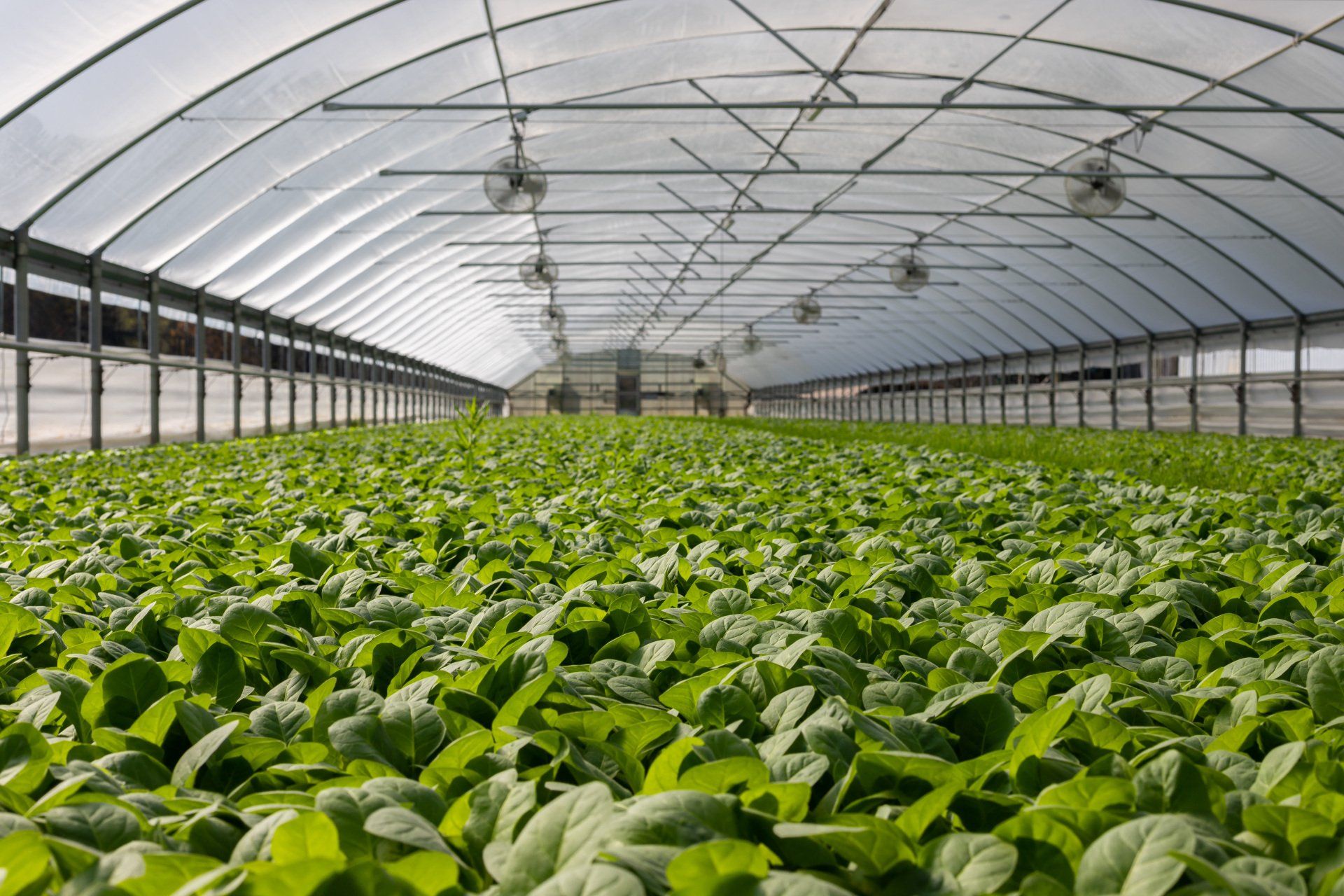
LED lights are becoming increasingly popular in the green-thumbed community as a way to provide optimal lighting for the growth of plants in a greenhouse. LED (Light Emitting Diode) lights have a number of advantages over traditional lighting methods and can help provide the perfect blend of light for a thriving greenhouse.
LED lights are much more efficient than traditional lighting methods. By consuming less energy and producing more light, LED lights for greenhousecan cut both energy costs and greenhouse gas emissions. The bulbs also last much longer than traditional bulbs, meaning that they can be used for longer periods of time without needing to be replaced.
LED lights provide a more tailored light spectrum than traditional lighting methods. This tailored light spectrum can help create the perfect environment for photosynthesis, promoting healthier and stronger plant growth. The lights are also able to be adjusted and controlled to provide the right amount of light for various plants.
LED lights are very versatile and can be used in greenhouses of all sizes. The lights can be used to provide the perfect amount of light for small-scale greenhouses and large-scale commercial greenhouses alike. The lights are also easy to install and can be used as a permanent fixture or as a temporary one that can be moved around as needed.
Overall, LED lights provide a great way to provide optimal lighting for a greenhouse. The lights are efficient, provide a tailored light spectrum, and are easy to install and move around. Whether you’re a small-scale gardener or a large commercial greenhouse, LED lights are the perfect way to get the most out of your plants.
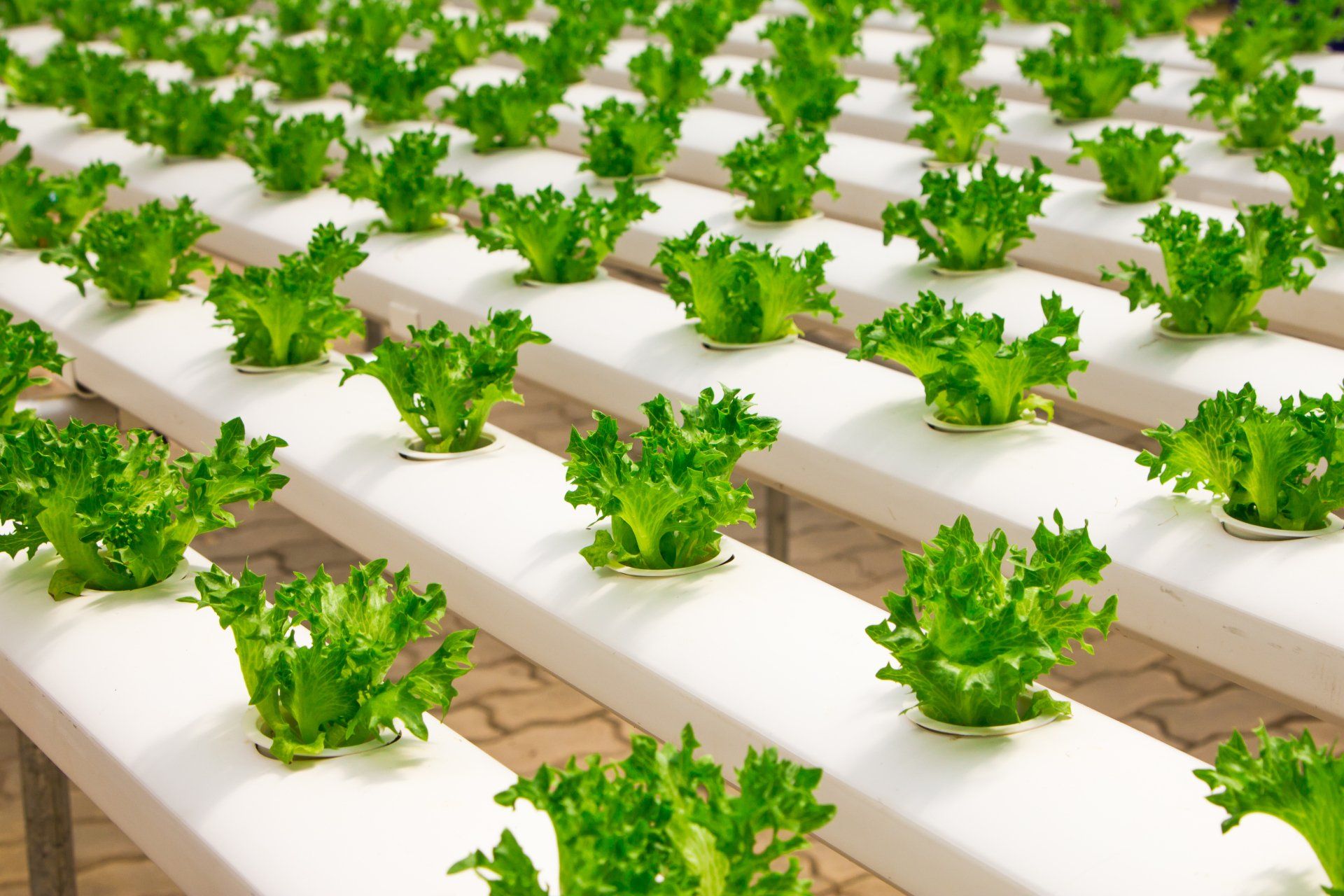
Creating an indoor garden with indoor plant grow lightsis a great way to grow plants all year round. Whether you are looking to grow herbs, vegetables, flowers, or other ornamental plants, grow lights can be a great way to provide the necessary light and heat that plants need to thrive indoors. With a little bit of research and the right equipment, you can have your own indoor garden up and running in no time.
When it comes to selecting the right grow lights for your indoor garden, you need to consider the type of plants you’ll be growing and the amount of light they need. Different types of plants require different light spectrums and intensities. For example, succulents and cacti need a lot of direct sunlight, so a bright and intense grow light would be best. If you’re growing vegetables, then a more balanced combination of blue and red lights would be ideal.
The next step is to install your grow lights. You will need to ensure that the lights are positioned correctly and that they are at the correct distance from the plants. Generally, the lights should be about six inches away from the top of the plants and the intensity should be set to a level that the plants can tolerate. If you’re using multiple lights, make sure that they are evenly spaced and that they cover the entire area of your indoor garden.
Once you’ve installed your grow lights, it’s important to provide your plants with the right amount of water and nutrients. Just like outdoor plants, indoor plants need a certain amount of water and nutrients to thrive. You can purchase special fertilizers specifically designed for indoor plants, or you can make your own using compost or natural ingredients.
Finally, the most important part of having a successful indoor garden with grow lights is to monitor the health of your plants. Check them regularly for signs of disease or pests, and adjust the lighting and water levels as necessary. If you keep up with the basic maintenance, you’ll be able to enjoy your own indoor garden for years to come.
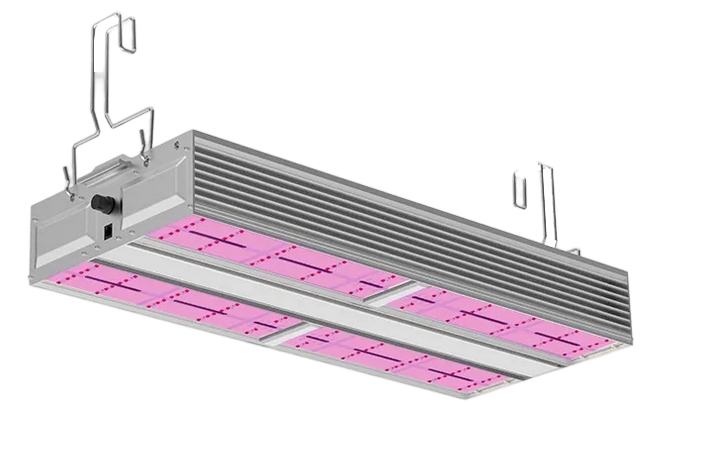
LED grow lightsare quickly becoming the go-to choice for indoor gardeners. Unlike traditional grow lights, LED lights are more energy-efficient, meaning they use less energy to create the same amount of light as other grow lights. This means that you can save money on your energy bills while still providing your plants with the light they need to grow.
LED grow lights also emit less heat than traditional grow lights, which can be beneficial for both you and your plants. Excessive heat can be damaging to plants, so the cooler temperatures that LED lights provide can help protect your plants from any damage. Additionally, the cooler temperatures can help keep your home cooler, which can save you money on your energy bills.
LED grow lights are also more eco-friendly than traditional grow lights. They emit less carbon dioxide and other pollutants into the air, making them a more sustainable choice for indoor gardeners.
Finally, LED grow lights are more affordable than other grow lights. They are usually cheaper to purchase and require less energy to operate, so you can save money in the long run.
In conclusion, LED grow lights are a great choice for indoor gardeners who want to save money, protect their plants, and reduce their carbon footprint. They are more efficient, cost-effective, and eco-friendly than traditional grow lights, making them a great choice for any indoor gardener.